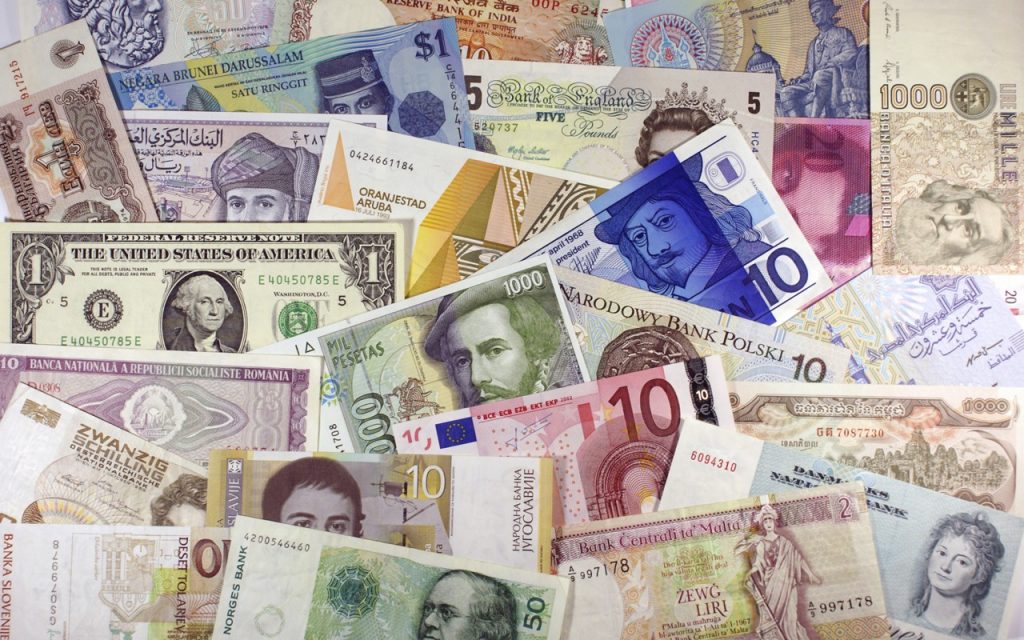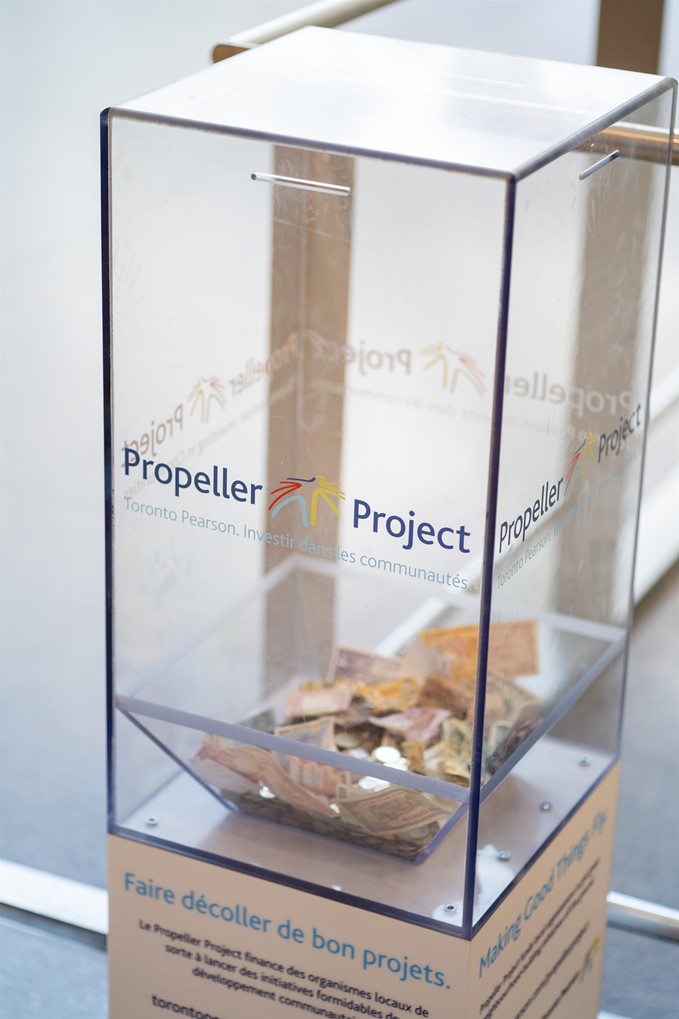
Have you ever just come back from being abroad and are weighed down with all of the foreign money that can’t be changed back over into your country’s currency? Wouldn’t it be nice if you could just get rid of it?
This is a problem of the vast majority of international passengers, and the foreign money that will never be turned back into the bank usually just sits in our junk drawers. Since most branches can only exchange about 45 to 60 currencies out of the 180 currencies (2020), it is not hard to see why many of the leftover money just get tossed or stashed without use. It is possible to have a good amount of money sitting there without a way to exchange it. It’s even worse for coins, which a lot of banks won’t exchange, no matter if it is an accepted currency. For you, this money is an irritation. For someone else, this money could mean a myriad of opportunities.
Imagine if all airports had donation boxes that anyone could drop leftover currency in. In 2019, Toronto Pearson Airport serviced an incredible 33,698,463 passengers. Now imagine if each of these passengers had an equivalent of $1 in their pockets of foreign change. That would be a whopping $33,698,463 in one year! I know that stashed in a drawer somewhere in my home, I most likely have the equivalent of $30 in currencies coming from all over the world. Global Coin Solutions estimates that there was most likely more than $750 million CAD of foreign currency stashed in homes across Canada and the U.S. between $2.0 and $10.0 billion USD in 2018. This doesn’t account for the money constantly coming through airports.
In 2016, the Transportation Security Administration reported that passengers left behind more than $867,812.39 in coins and currency in the plastic bowls and bins at various U.S. checkpoints. The number of money left in these bins has been steadily climbing throughout the years, and is expected to continue to climb. This money has been going to TSA to fund advancing the security screening process for passengers to streamline and quicken the process. If people are forgetting foreign and local because they are too lazy or too rushed to pick it up from the bins, imagine how much money the airlines can collect with a plan and purpose. Airlines can make it even easier, placing donation bins in front of and behind security counters where passengers must empty and refill their pockets anyways, giving them easy access to put the money into the bins.
Some airlines have already partnered with charities like UNICEF’s Change for Good programme, which has collected over $140 million through its partner airlines through passenger donations since 1987. In 2016, travellers passing through Denver International Airport donated $87,106.91 to Denver’s Road Home, a non-profit that works with service providers for the region’s homeless community. More locally, Toronto Pearson Airport has donation boxes for the Propeller Project, in which their charity of choice changes every year. Airlines typically have different charities that they wish to donate to, such as natural disaster relief, environmental organizations, or humanitarian ventures.

This money collection system is also incredibly sustainable for the environment! Recycling coins back into circulation means each coin that is recycled doesn’t have to be produced, preventing and reducing emissions and environmental damage caused by smelting and mining. Global Coin Solutions, a currency charity donation organization, has collected 220,000 lbs (110,000 kgs) of money since February 2015, which is a huge amount of coins being saved from production.
Although collecting foreign currency from passengers sounds like a no-brainer, very few airlines are doing this type of collection. So how can airlines get started? First, they will have to pick a non-profit or charity of their choice that they wish to support. There is no shortage of these organizations that you can choose from, and the airline can do a fun vote for their staff of what charity they think should be chosen. The airport staff such as security, restaurants and stores, and operations staff will have to be notified about it in order for them to make it known to the customers that this donation programme is an option for them. Next, secure collection stations will have to be placed around the airport with signs that indicate the purpose of the programme and how passengers can help must be clearly visible. Increasing awareness is the next step. Newsletters, volunteers, and advertisements around the airport will be essential in creating passenger awareness. The good news is, is that this programme can cost little to no money for the airlines to run. The processing fees and collection containers could be paid for from the proceeds, therefore all it takes for the airline is a commitment to keep the virtually self-funding program running.
Currency donation programmes can do a lot of good. What kind of difference can $100,000 of foreign coins make? What kind can $1 million make? This all depends on the level of commitment airlines are willing to put on these programmes. These kind of donations can make a huge difference in the lives of many, if we are willing to try. The next time you are at an airport and you see currency donation boxes, be sure to unload all of your heavy foreign coins and bills into the boxes to make an impact on the world and to cast a vote with your money to sustain these important programs.
If you wish to learn more, feel free to contact us at info@avconwow.com.
